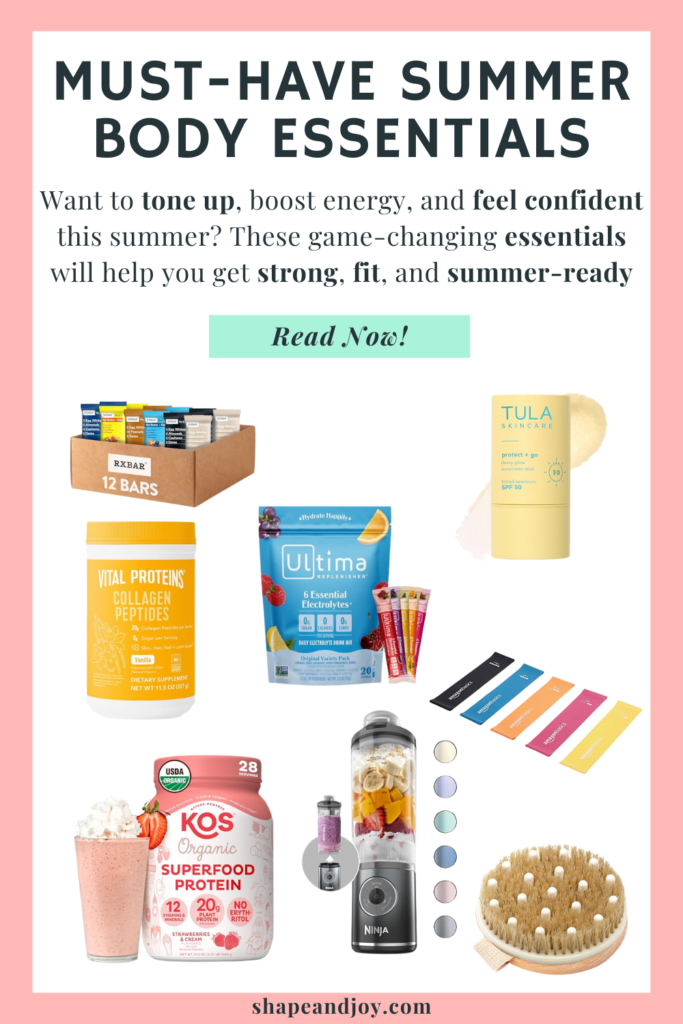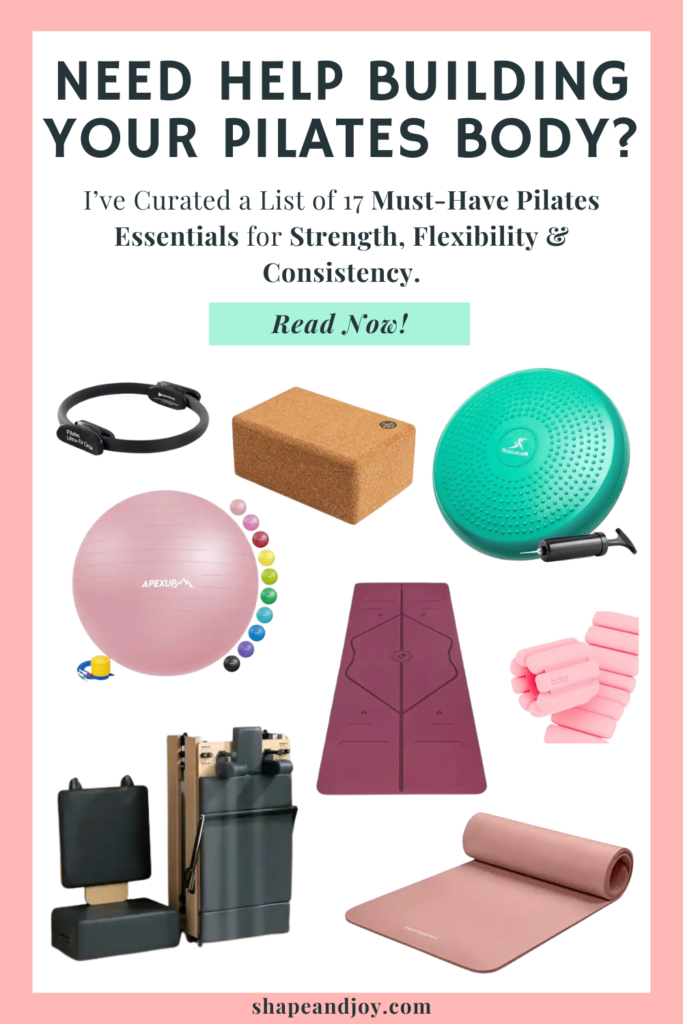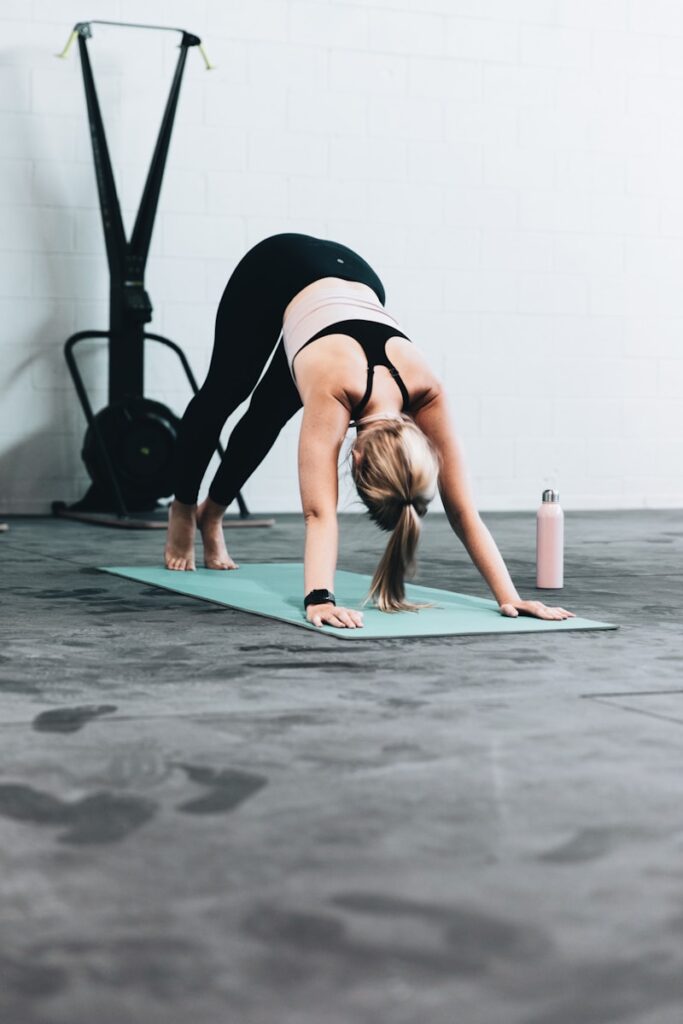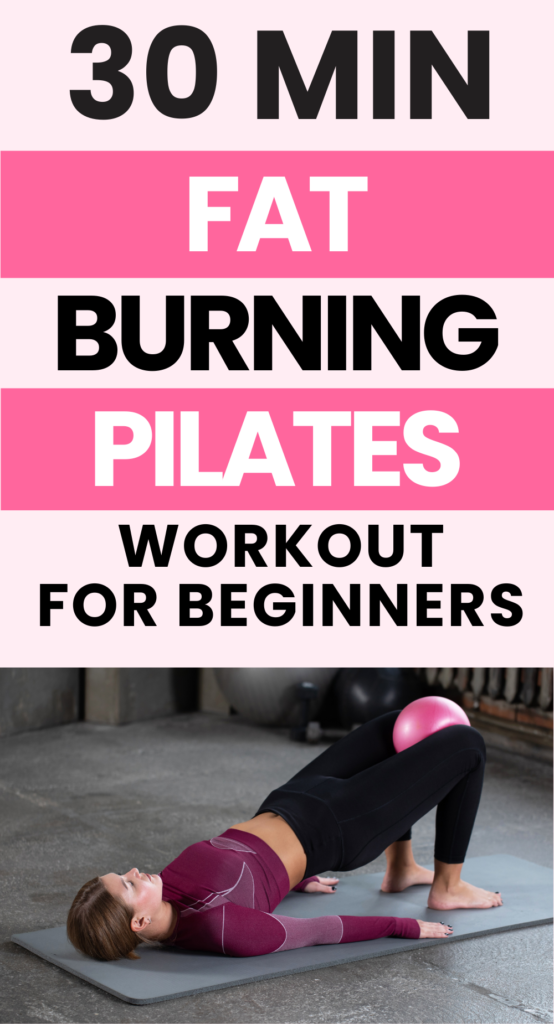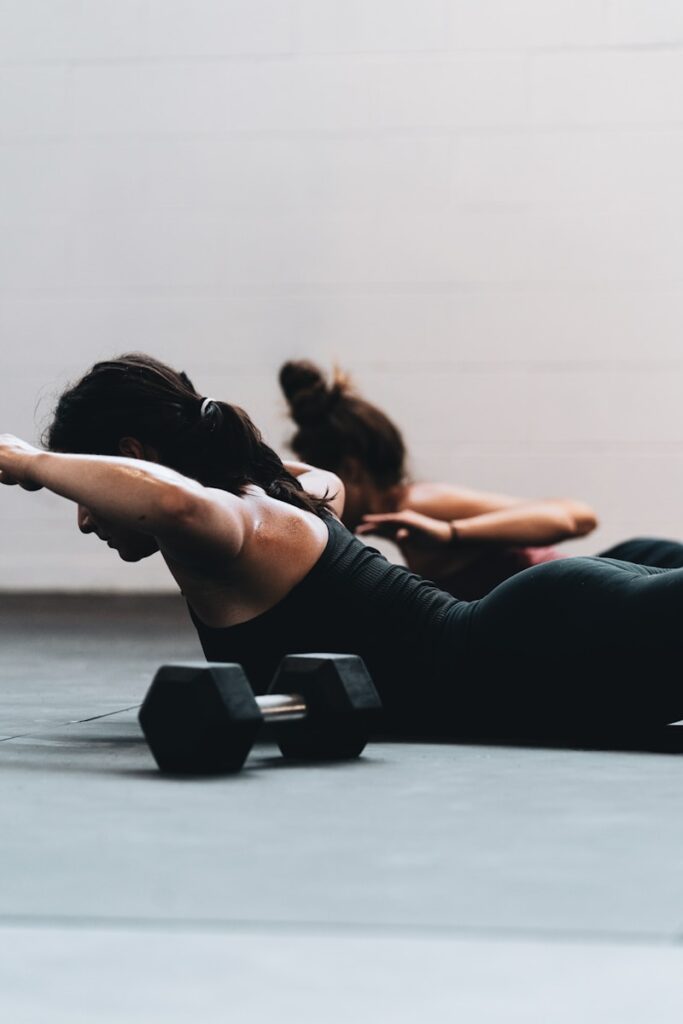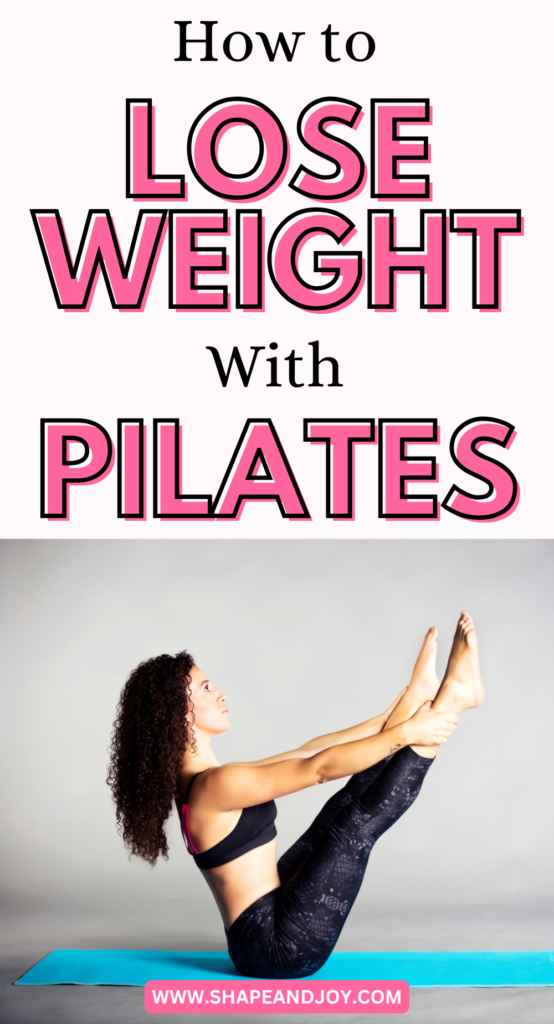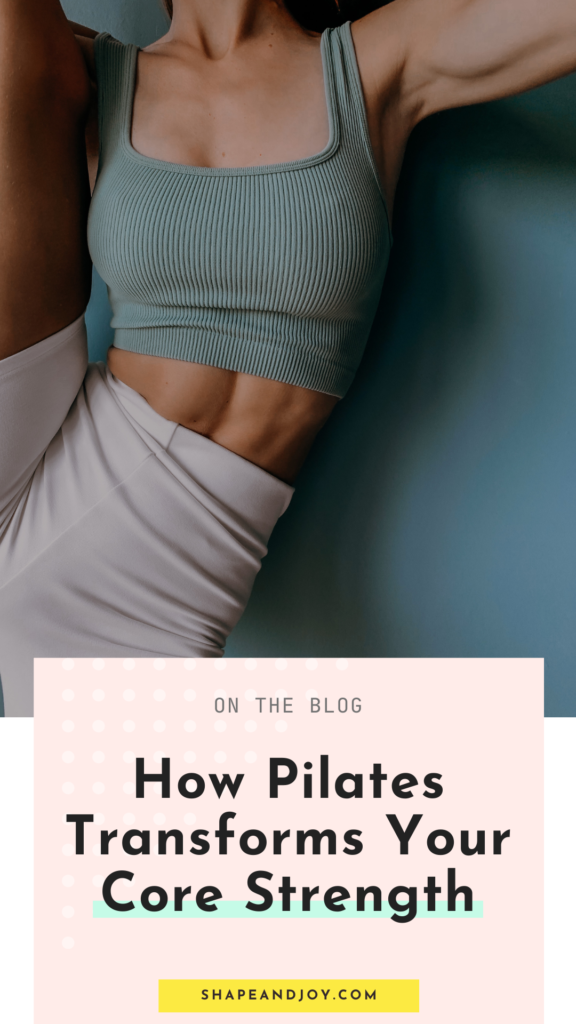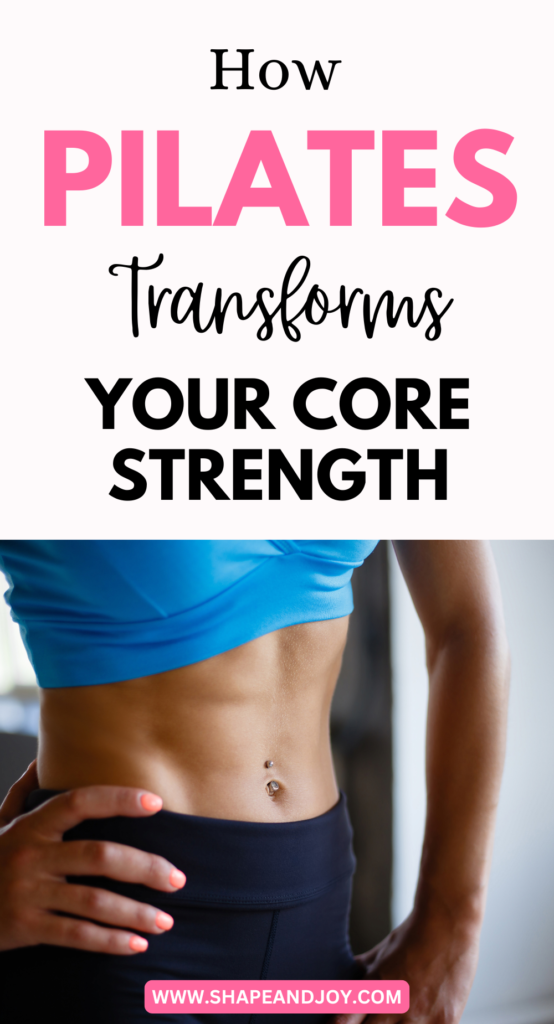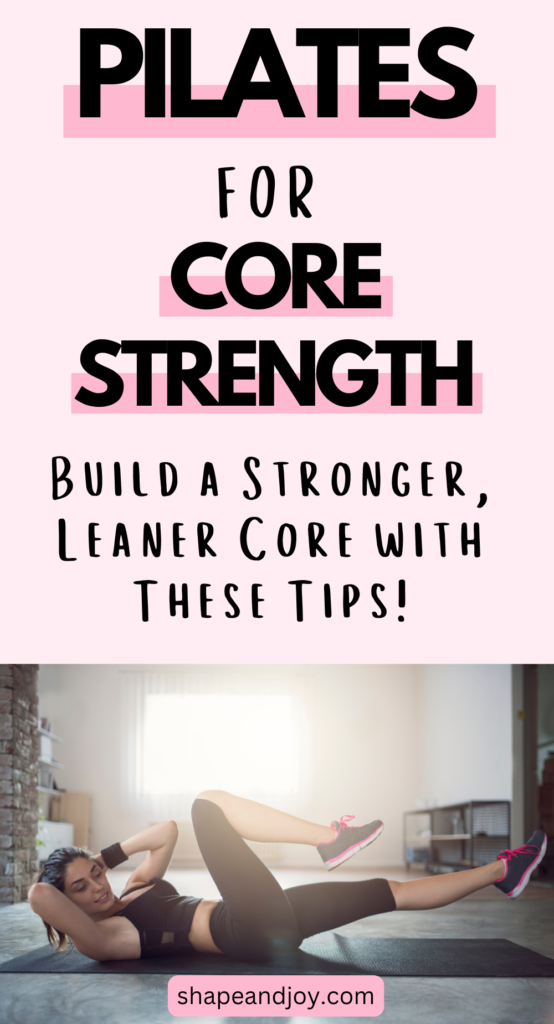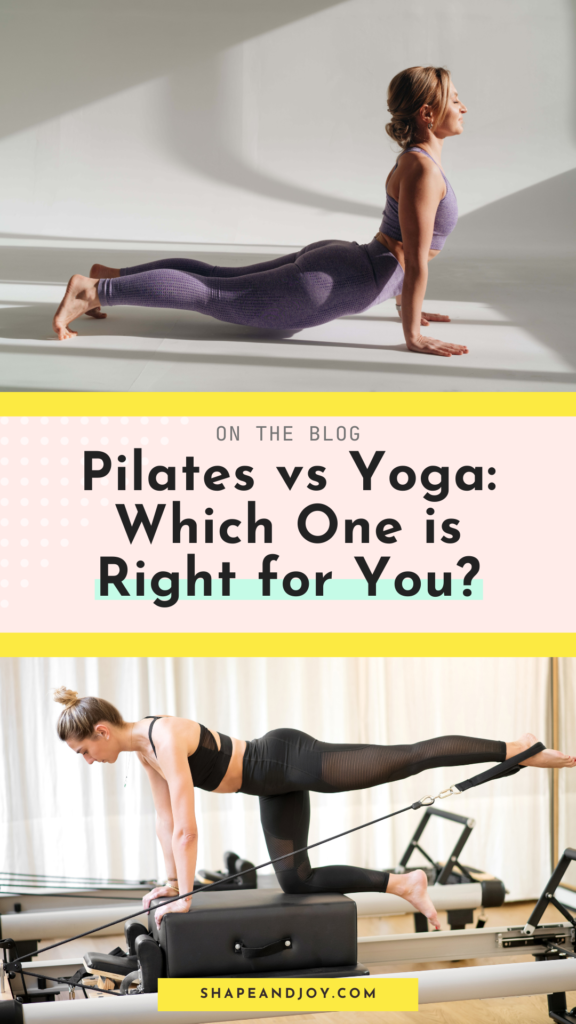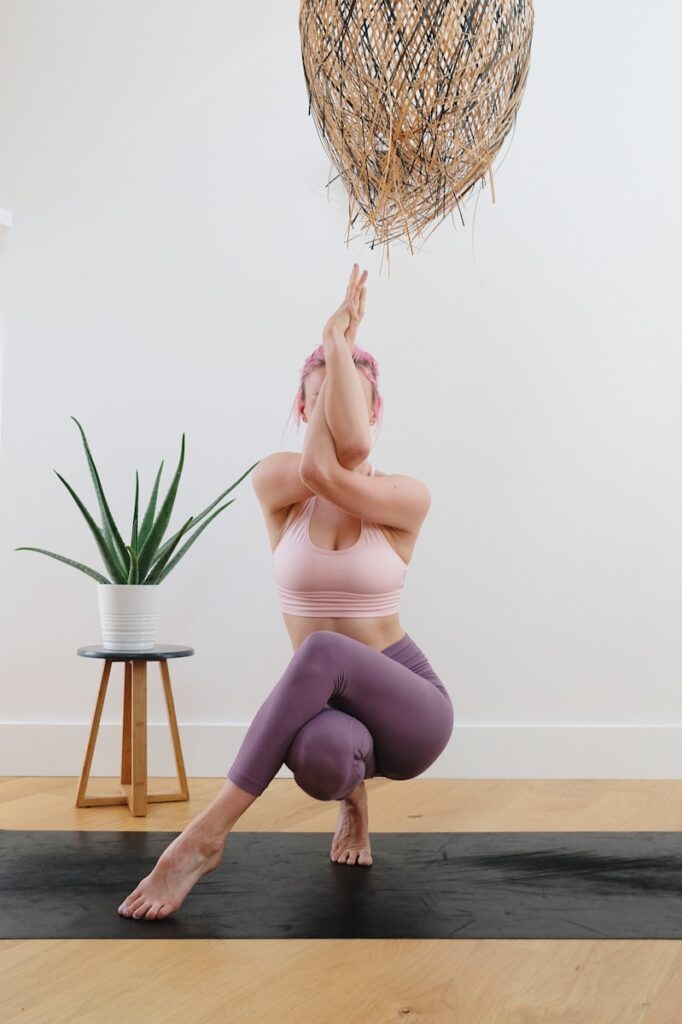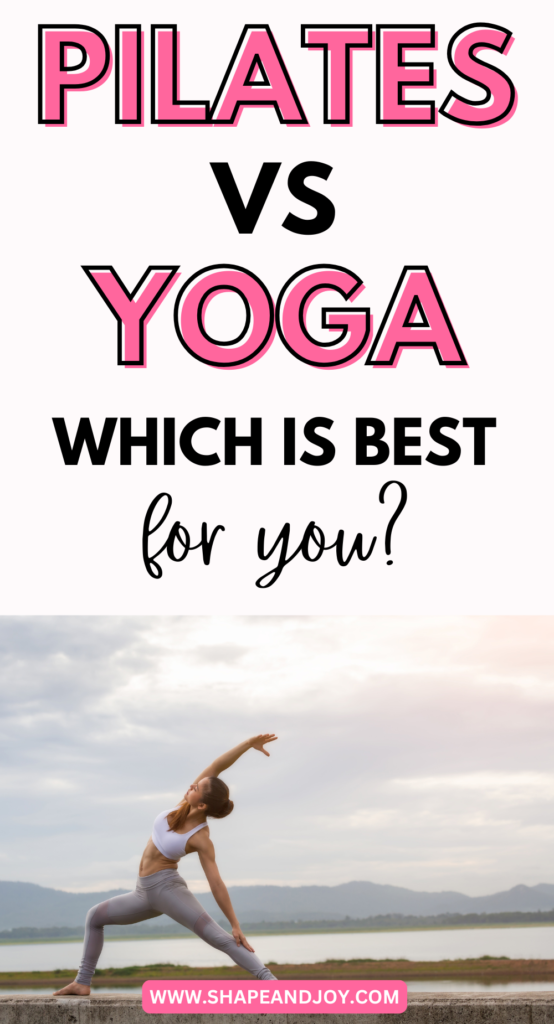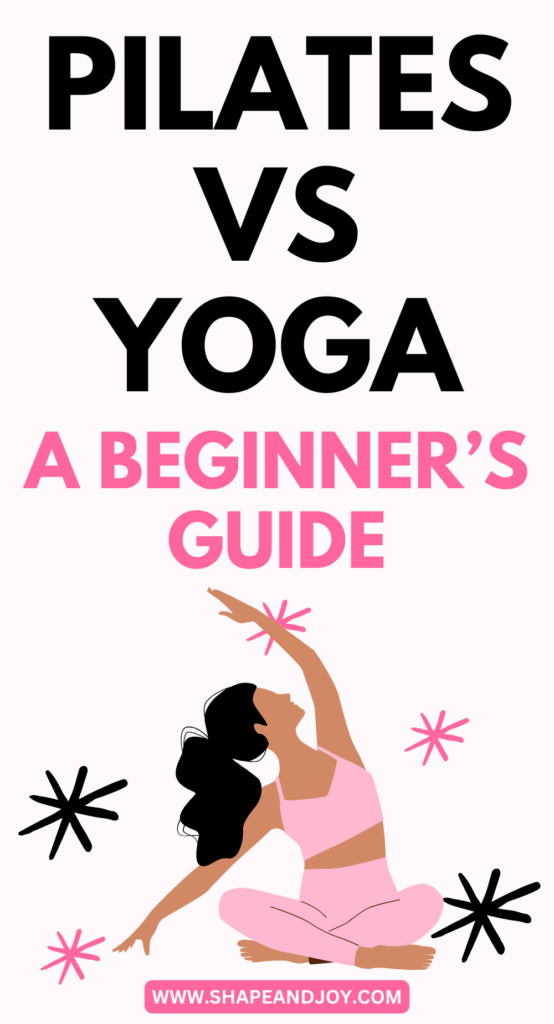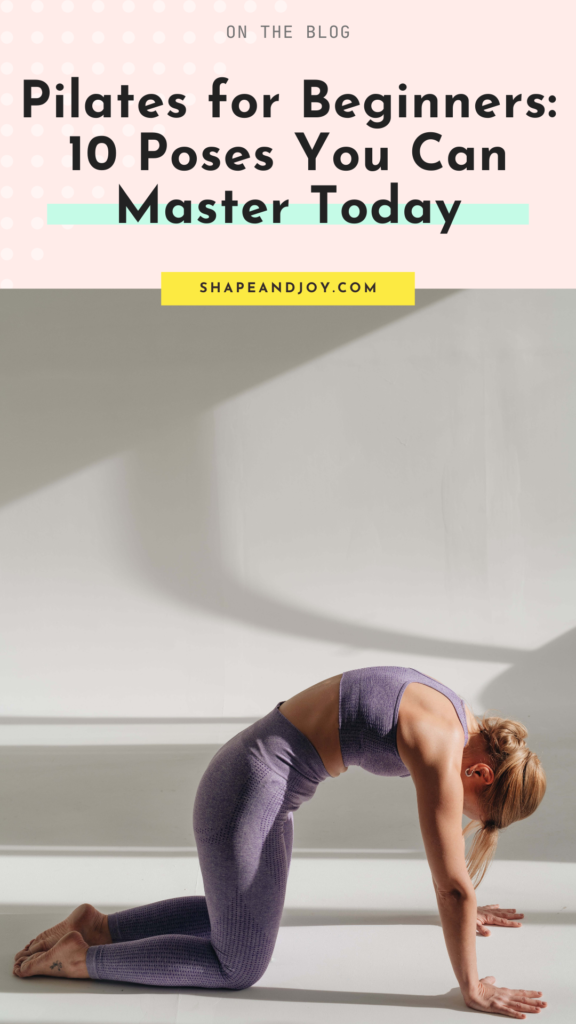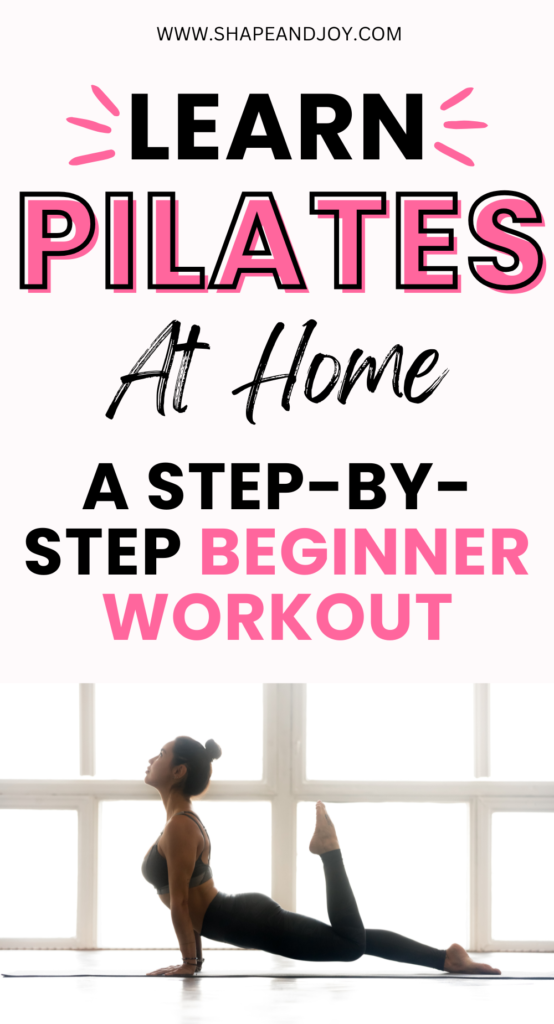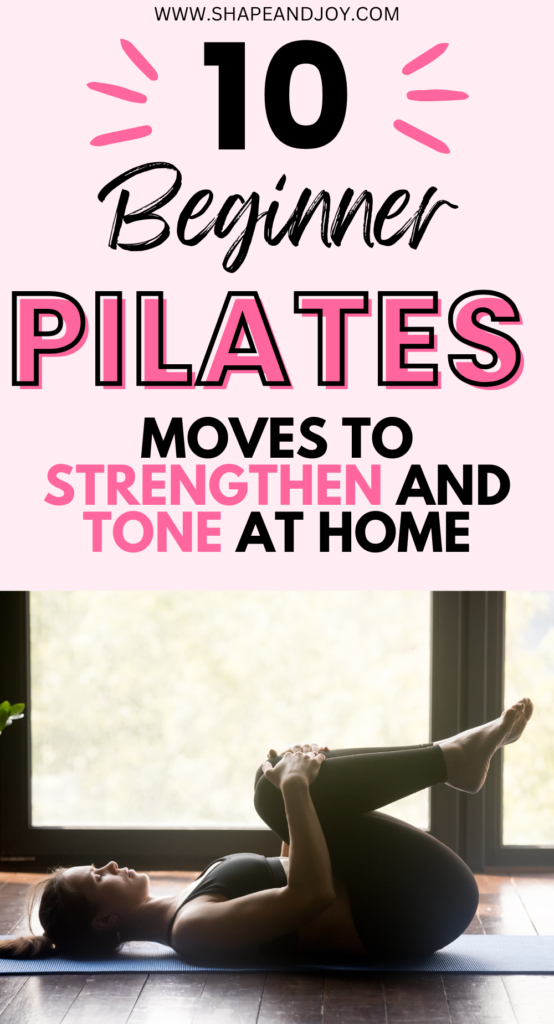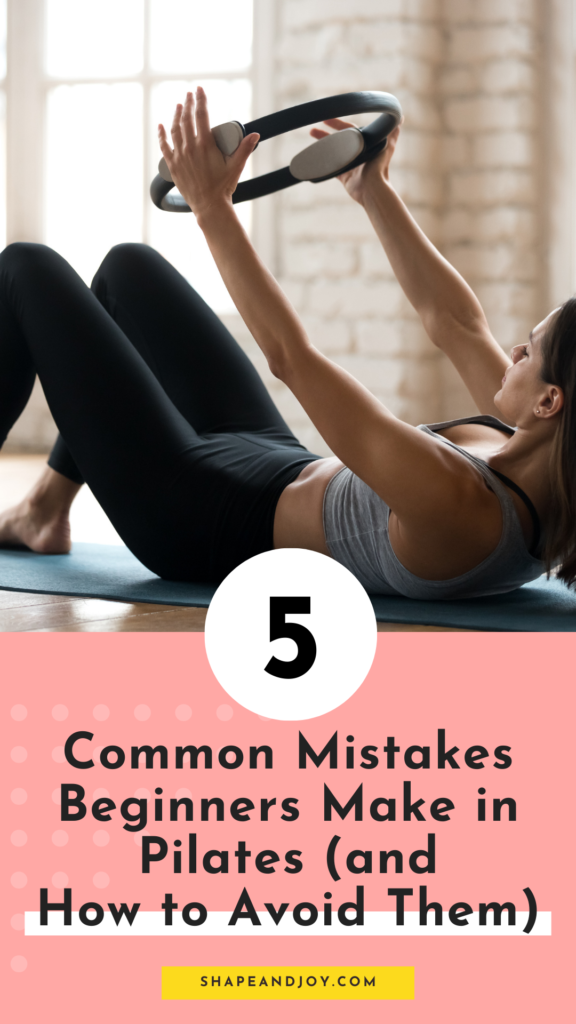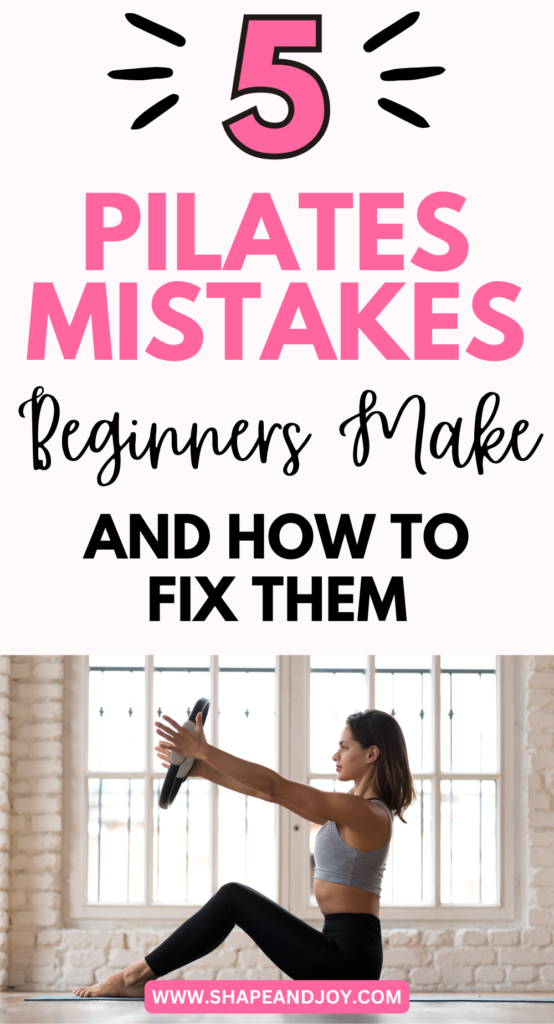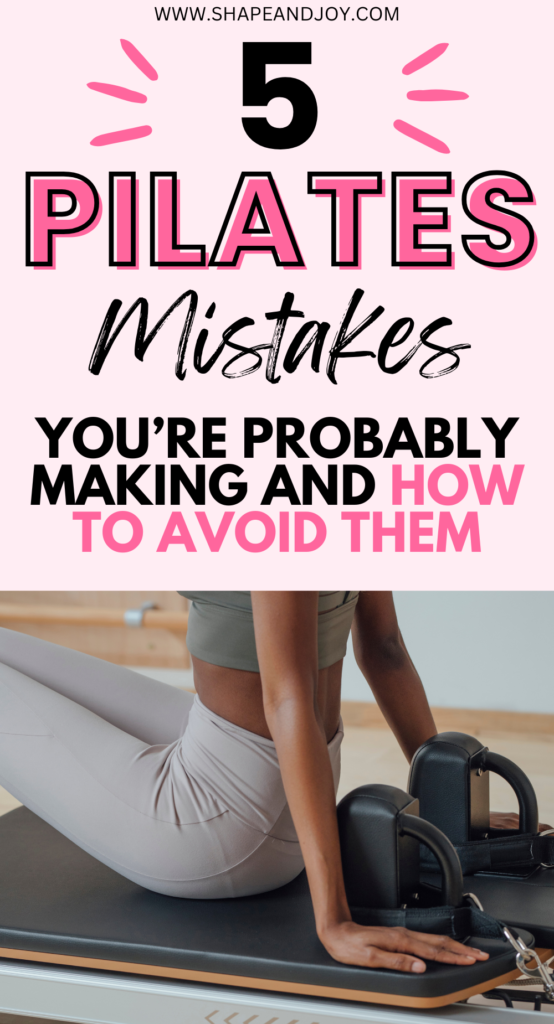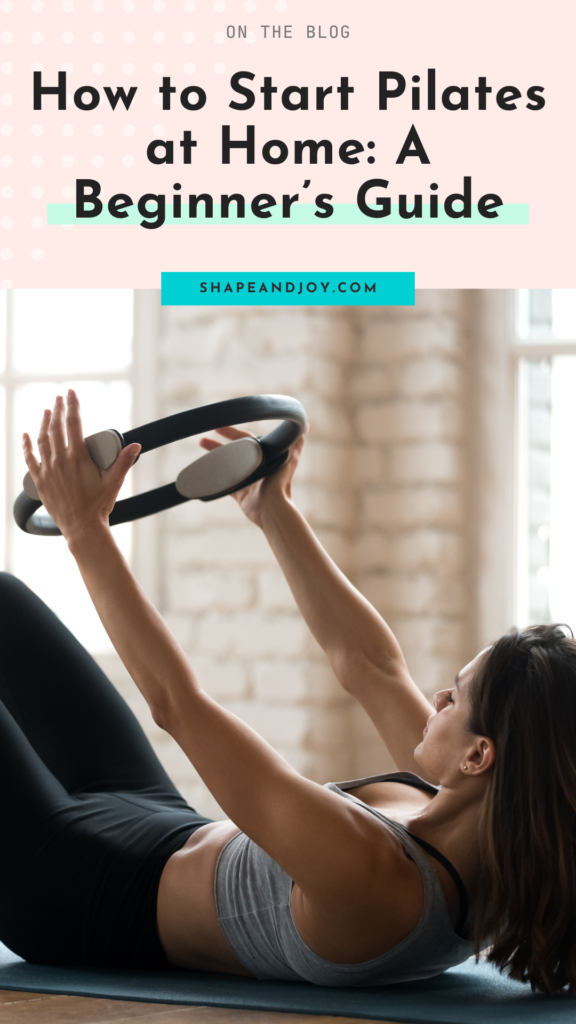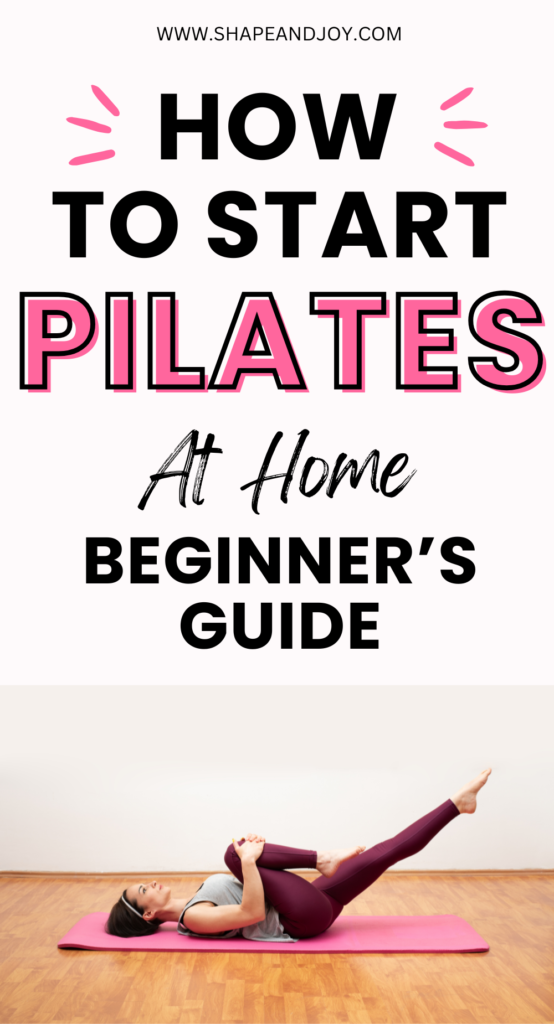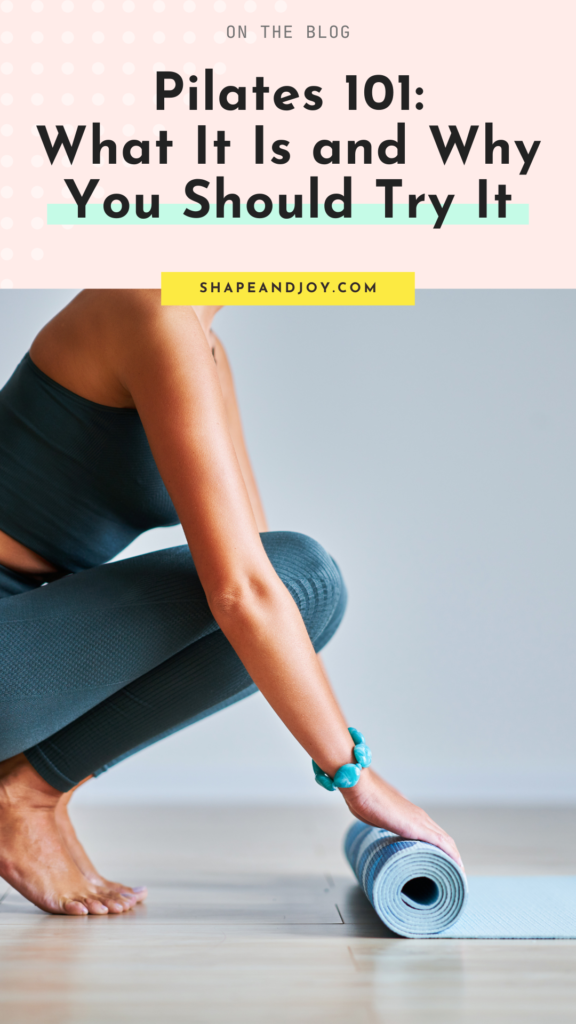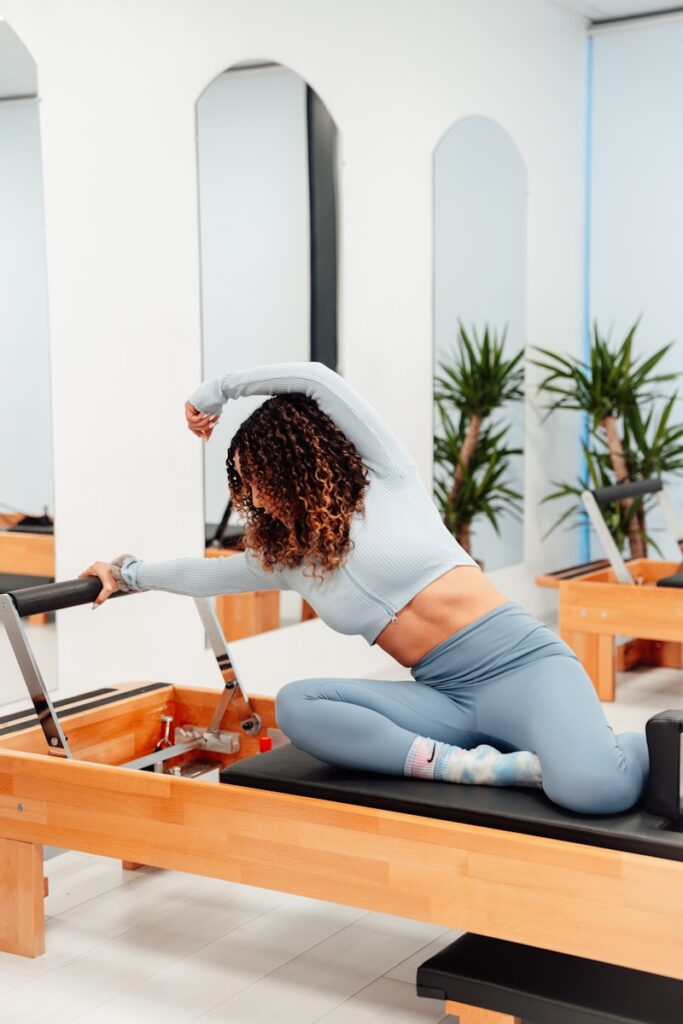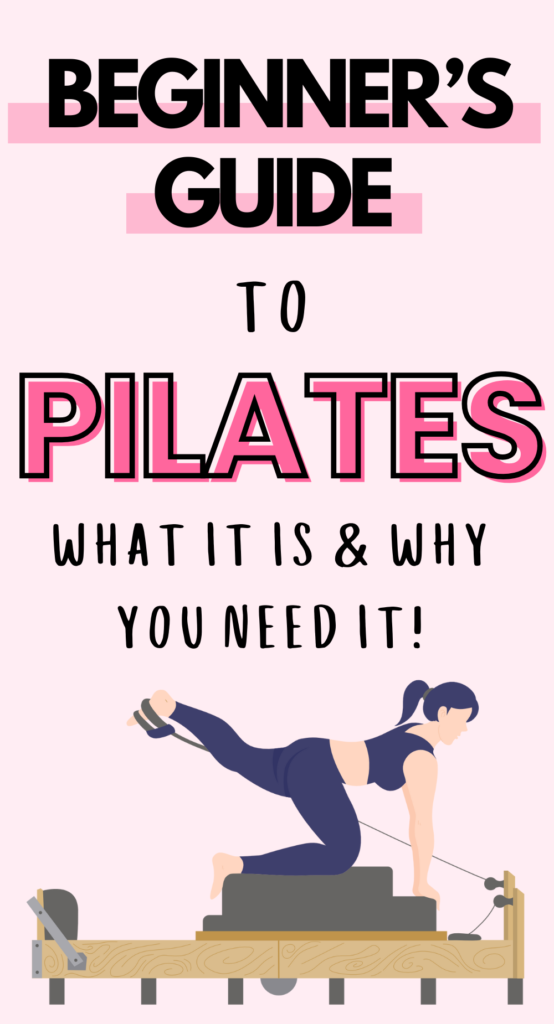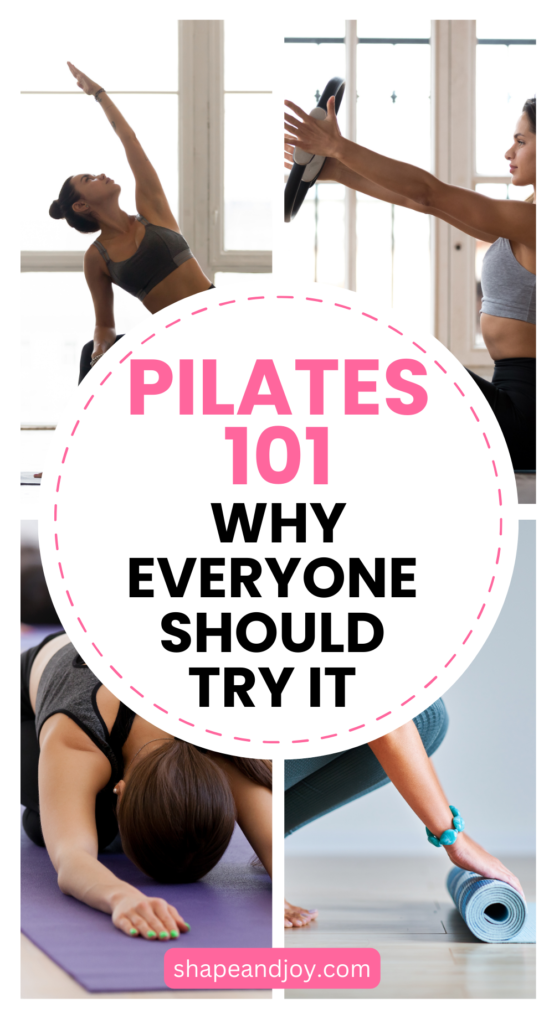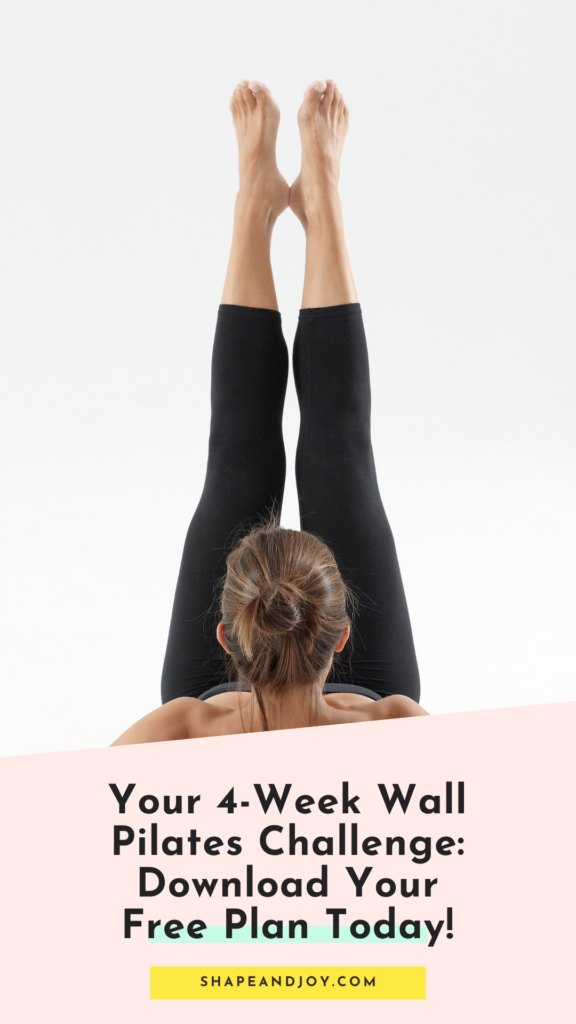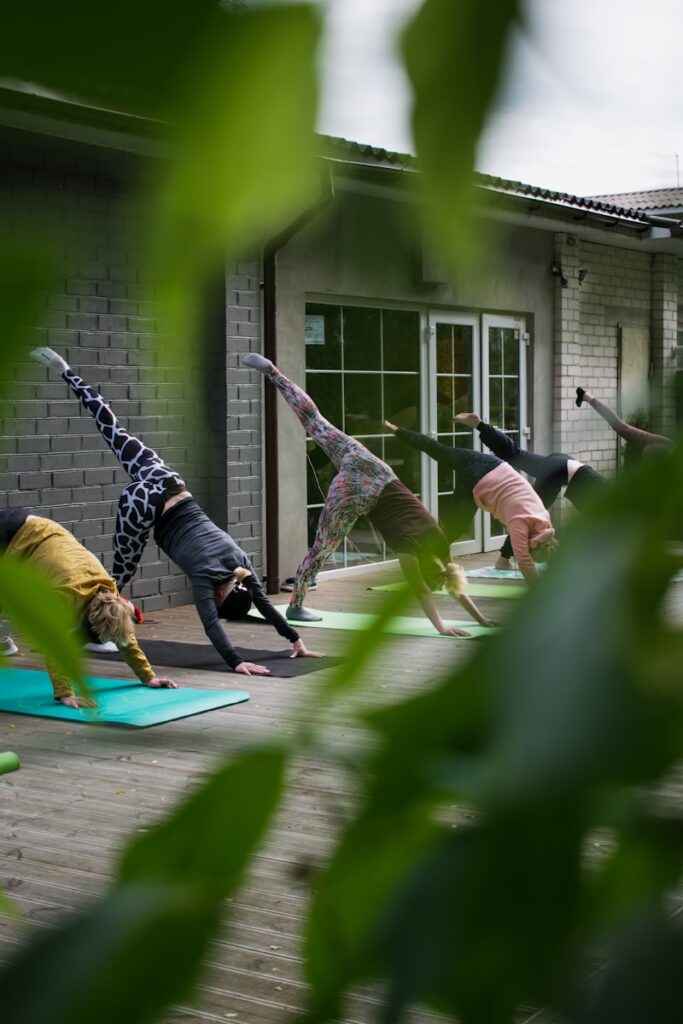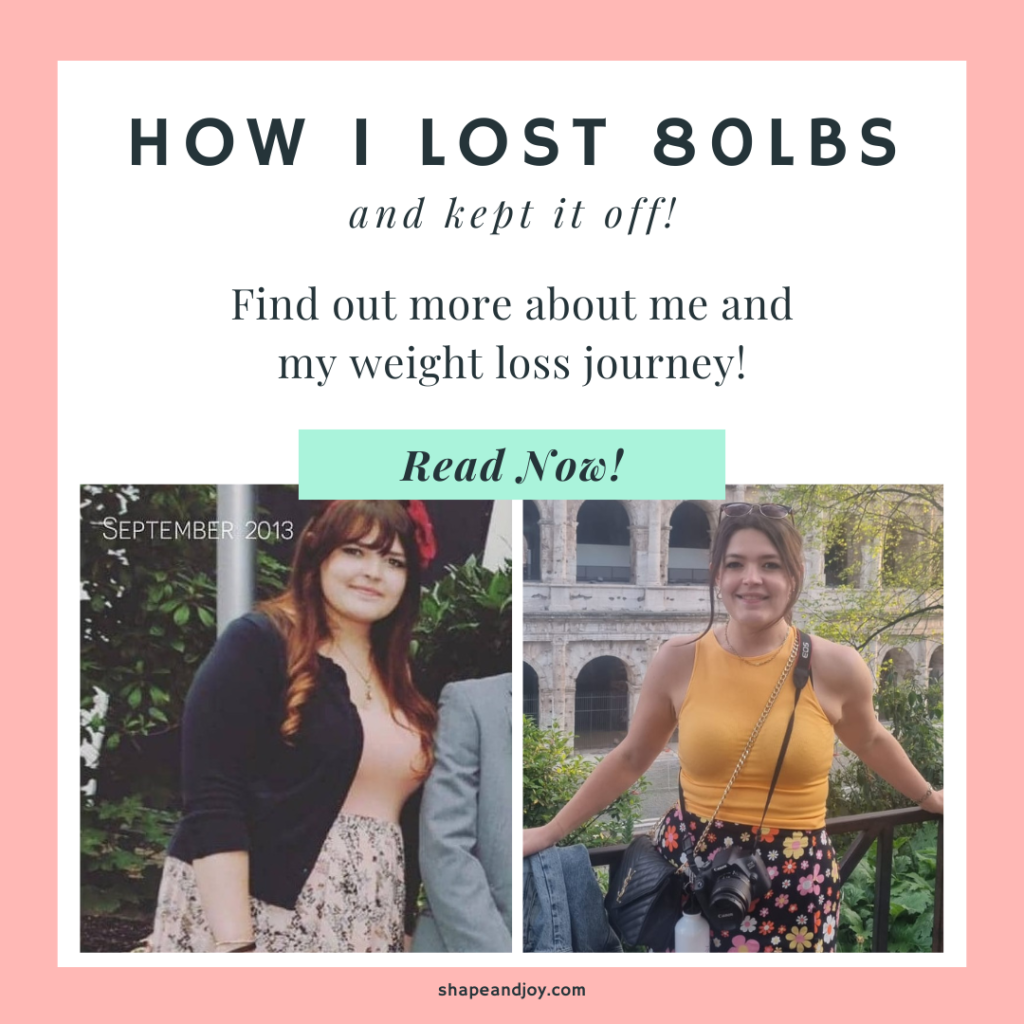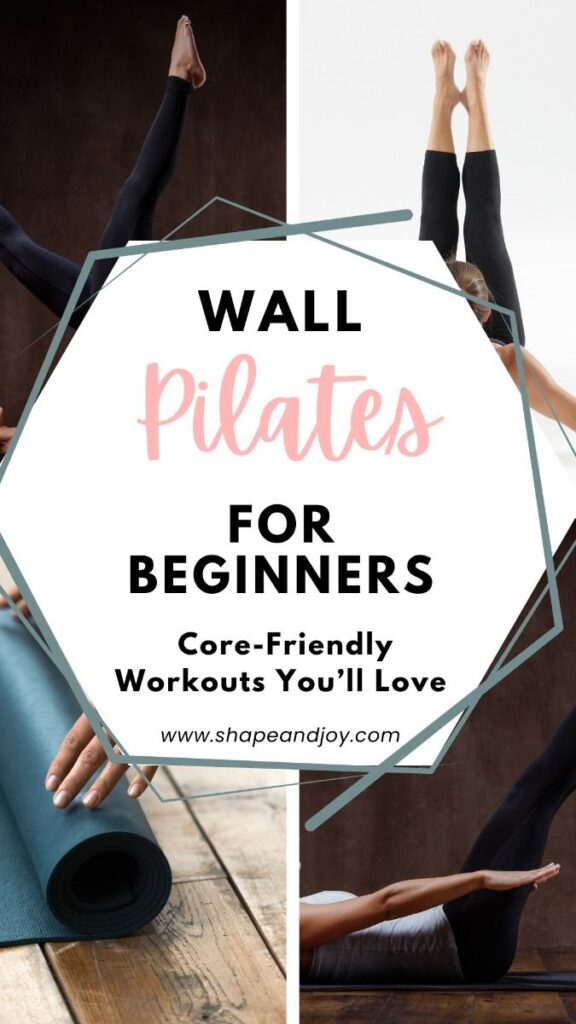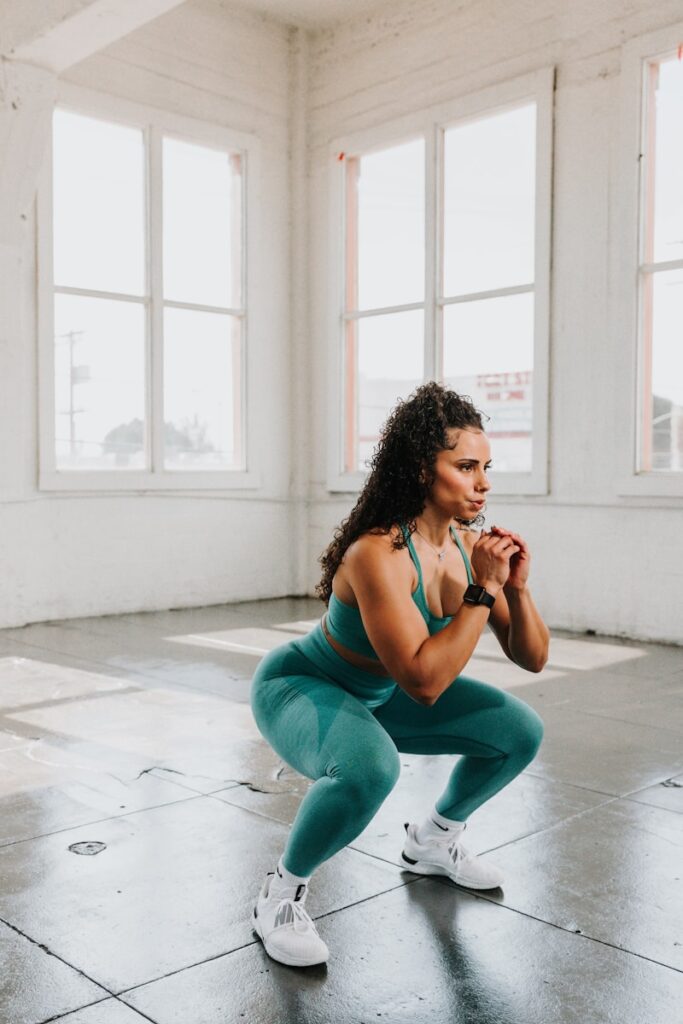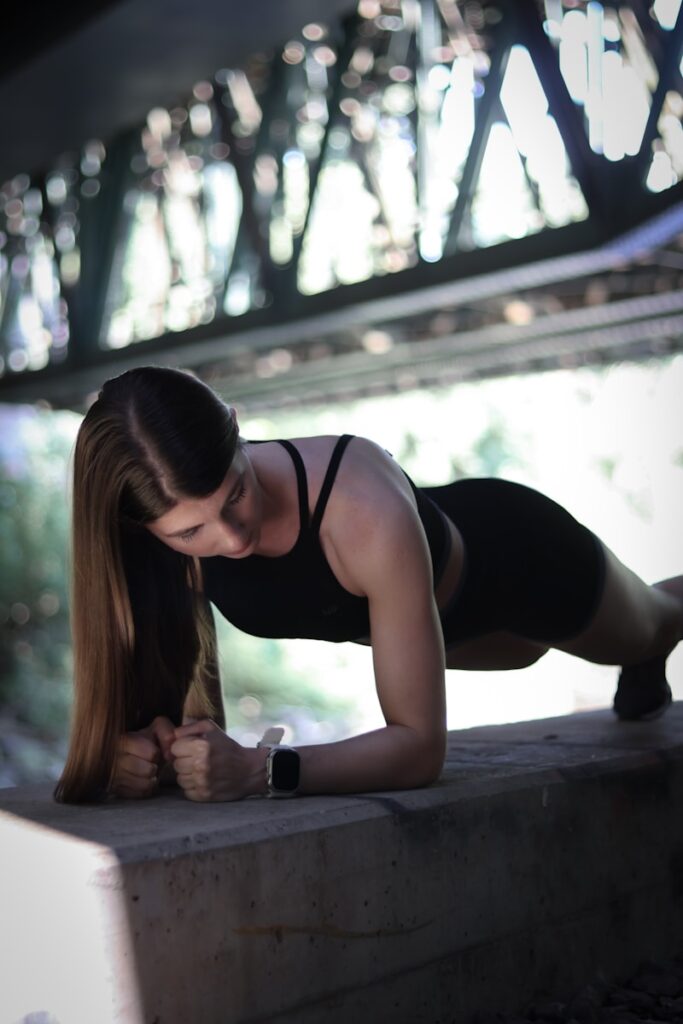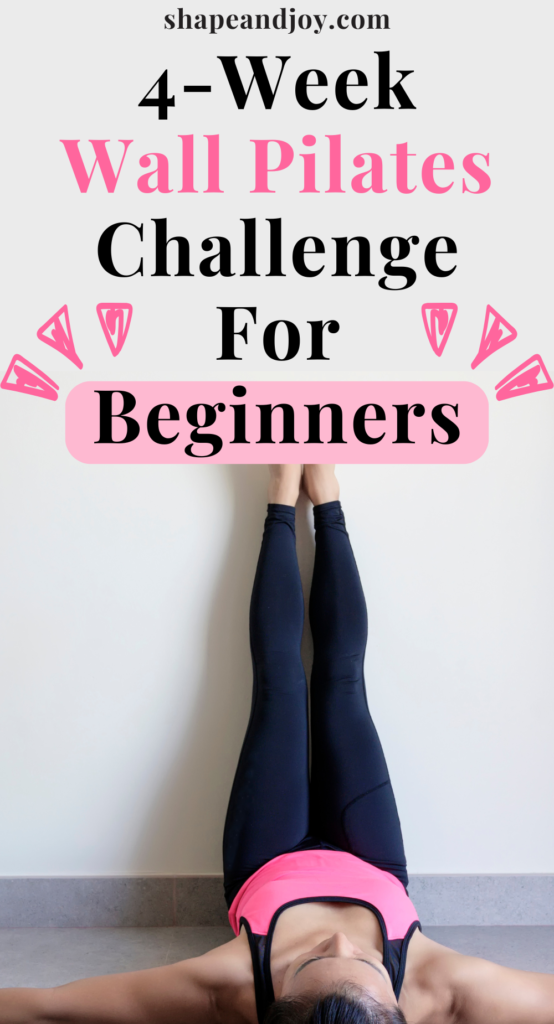How to Tone Your Core for a Flatter Stomach by Summer
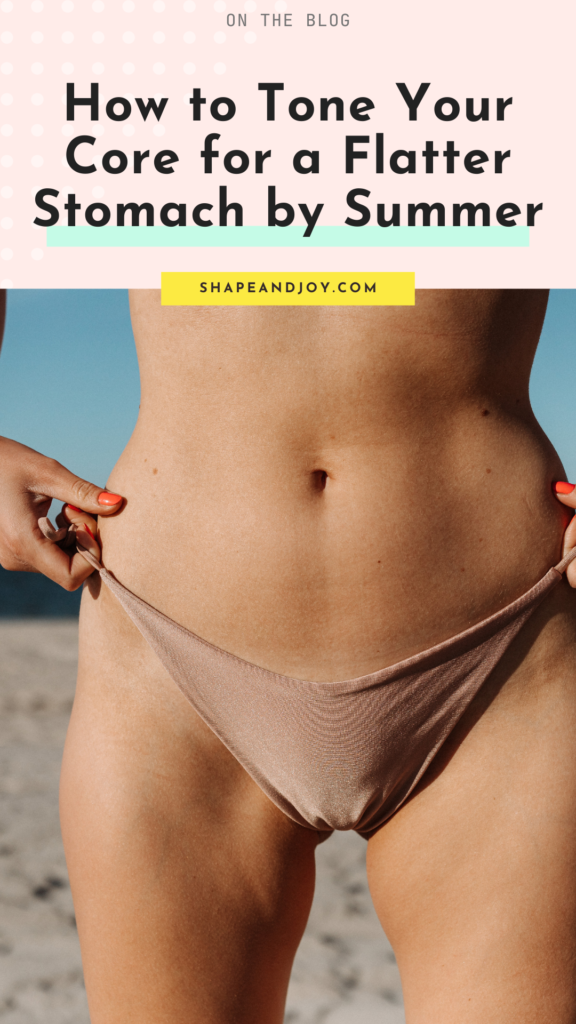
Let’s talk about abs. You want to tone your core and feel confident rocking whatever you fancy this summer—whether that’s a bikini, a crop top, or just that I-feel-amazing-in-my-own-skin vibe.
Here’s the good news: You do not need to do 1,000 crunches a day. You do not need to give up carbs. And you do not need to suffer through a workout that makes you question your life choices.
Here’s the real talk: A flatter stomach isn’t just about exercise. It’s about core strength, smart nutrition, and actually moving your body consistently—without expecting overnight miracles.
Because no, you won’t wake up tomorrow with a six-pack just because you did a five-minute ab circuit.
But stick with me, and I’ll give you a game plan that actually works. Ready? Let’s get cracking.
- Step 1: Stop Chasing Spot Reduction (It’s a Lie)
- Step 2: Build a Stronger Core (Without Boring Sit-Ups)
- Step 3: Eat Smart (Because Abs Are Made in the Kitchen, Like It or Not)
- Step 4: Get Moving Every Day (Even When You Can’t Be Bothered)
- Step 5: Fix Your Posture (Because Slouching Isn’t Helping You)
- Final Pep Talk (Because You’ve Got This)
Step 1: Stop Chasing Spot Reduction (It’s a Lie)
We need to clear this up before we go any further. You cannot pick one part of your body and tell it to lose fat.
Your stomach doesn’t work on request like a well-trained dog.
The truth? Fat loss happens all over, not just in one spot. So if you’re thinking, I’ll just do loads of sit-ups and my belly will shrink—sorry, that’s not how science works.
What actually works?
- Core exercises to strengthen and define the muscles.
- Full-body strength training to boost metabolism and build lean muscle.
- Smart nutrition to reduce bloating and fuel fat loss.
- Movement every day to keep your body active and engaged.
Tough-love tip: You can have the strongest abs in the world, but if they’re hidden under layers of takeaways and late-night snacks, you won’t see them.
That’s where nutrition comes in (don’t worry, we’ll get to that).
Step 2: Build a Stronger Core (Without Boring Sit-Ups)
If the thought of endless crunches makes you want to cry, don’t panic.
A strong core isn’t just about your abs—it’s about your entire midsection, including your obliques (side abs) and deep core muscles.
The Ultimate Tone Your Core Circuit
Do this three to four times a week for a rock-solid core:
- Plank Hold – 30 to 45 seconds (Engage everything. No sagging).
- Russian Twists – Three sets of 20 (Use a dumbbell if you’re feeling fancy).
- Leg Raises – Three sets of 15 (Lower slowly—no flopping).
- Bicycle Crunches – Three sets of 20 (Nice and controlled, none of that flailing nonsense).
- Mountain Climbers – 30 seconds (Great for abs and sneaky cardio).
Your core is just one piece of the puzzle—if you really want to sculpt your summer body, you need a full-body plan that works. Lucky for you, I’ve got a 7-day workout plan that will help you tone up, boost strength, and feel incredible.
Step 3: Eat Smart (Because Abs Are Made in the Kitchen, Like It or Not)
No one likes to hear this, but you can’t out-train a bad diet. You don’t need to starve yourself—just be a bit smarter with your food choices.
📌 Pin this for later! ⬇
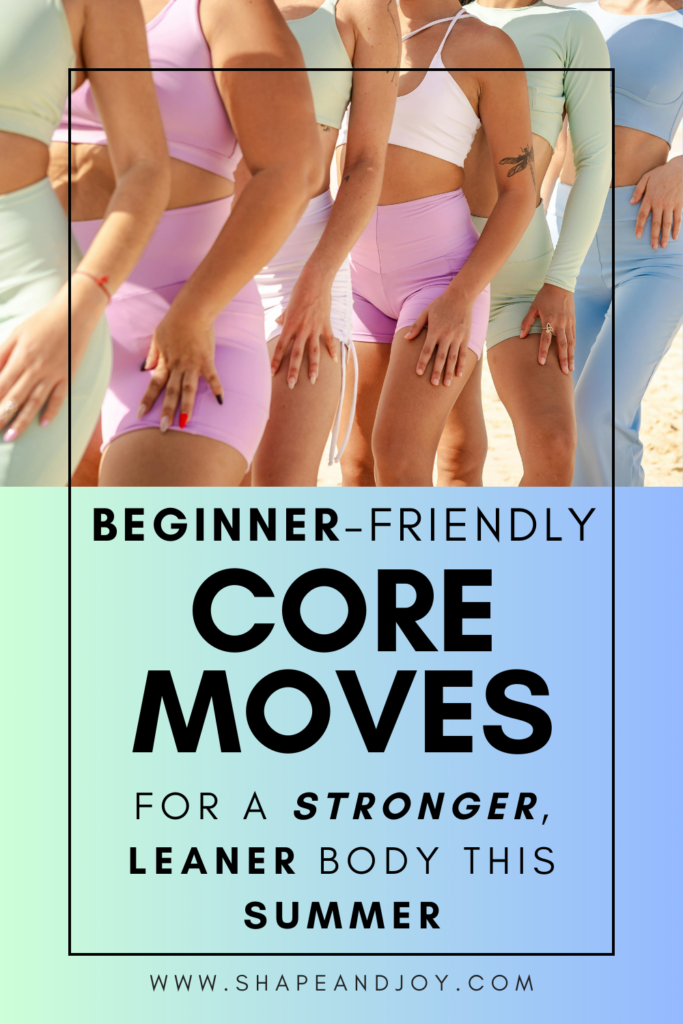
The Golden Rules of Core-Friendly Eating
- Prioritise protein – Keeps you full and helps muscle repair. Think eggs, chicken, fish, tofu, and Greek yoghurt.
- Ditch the processed junk – It makes you bloated and sluggish. Save it for occasional treats, not your daily diet.
- Hydrate like your life depends on it – Water helps with digestion, bloating, and fat loss. Aim for two to three litres a day.
- Eat your greens – Fibre keeps your digestion happy and your stomach feeling flatter.
- Cut back on excess sugar and alcohol – Harsh but true. That extra glass of wine? It’s not helping your core goals.
Tough-love tip: You don’t need a perfect diet. You just need consistency—80 percent solid, 20 percent indulgence. Balance, not restriction.
Abs might be built in the gym, but they’re revealed in the kitchen. Want to know exactly what to eat to fuel your body and support your core goals? Check out my Summer Body Meal Plan—packed with high-protein, bloat-busting, and seriously tasty meals that will keep you full and energised.
Step 4: Get Moving Every Day (Even When You Can’t Be Bothered)
If you want to tone your core, sitting all day isn’t going to help. Even if you do a killer ab workout, it won’t undo ten hours of slouching at your desk.
The Best Types of Movement for a Toned Core
- Walking – Low-impact, great for digestion, and burns calories. Aim for 8,000 to 10,000 steps a day.
- Strength Training – Builds lean muscle, which boosts your metabolism.
- HIIT or Cardio – Helps with fat loss and keeps your heart happy.
- Pilates or Yoga – Both are sneaky killers for your core. Highly recommend.
Tough-love tip: Movement doesn’t have to be extreme—it just has to be consistent. Find something you enjoy, and do it regularly.
Step 5: Fix Your Posture (Because Slouching Isn’t Helping You)
Good posture makes an instant difference to how your stomach looks. Stand tall, engage your core, and suddenly you look leaner, more confident, and ready to take on the world.
Posture Fixes to Try Today
- Stand up straight – Shoulders back, core engaged, no slouching.
- Engage your abs during workouts – Don’t let your lower back do all the work.
- Stretch daily – Helps with alignment and prevents stiffness.
Tough-love tip: Your posture affects everything—from how your core looks to how your back feels. Fix it now, and future you will thank you.
Your Ultimate Summer Body Plan – Don’t Miss These!
- 7-Day Workout Plan to Sculpt Your Summer Body – A structured week-long workout plan to tone, strengthen, and boost fat loss with simple, effective exercises.
- Summer Body Meal Plan: What to Eat for a Lean & Toned Look – A realistic meal plan packed with high-protein, bloat-busting, and energy-boosting foods to fuel your workouts and results.
- Best Morning Habits for a Summer-Ready Body – Small but mighty morning habits to improve energy, metabolism, and motivation so you start your day strong.
- How to Tone Your Core for a Flatter Stomach by Summer – Ditch the endless crunches and learn core-strengthening moves that actually work, plus key nutrition tips to reveal definition.
- Must-Have Summer Body Essentials: Gear, Supplements & More – The top fitness and nutrition must-haves to help you stay on track, recover faster, and feel amazing all summer long.
Final Pep Talk (Because You’ve Got This)
To tone your core isn’t about perfection—it’s about consistency. You don’t need extreme diets or punishing workouts. You need smart habits, solid workouts, and a bit of patience.
So drink your water, move your body, and train your core without overthinking it. A strong, toned stomach isn’t just about aesthetics—it’s about feeling powerful and confident.
Now, go put these tips into action, and get ready to rock your summer feeling like an absolute legend.
📌 Pin this for later! ⬇


